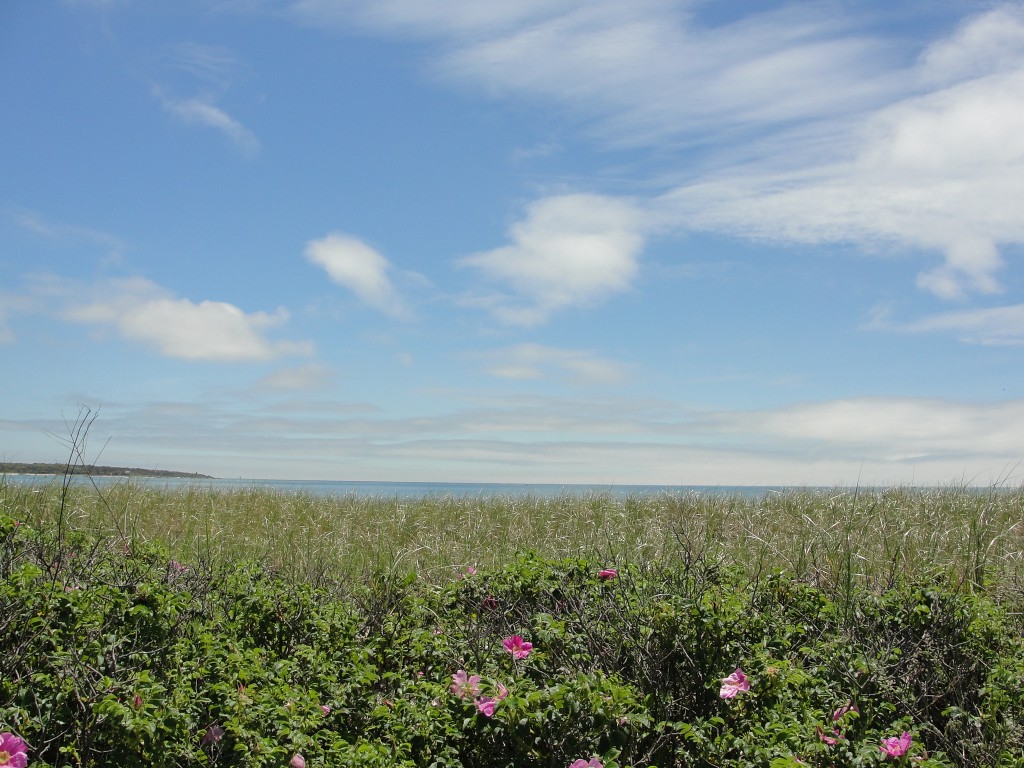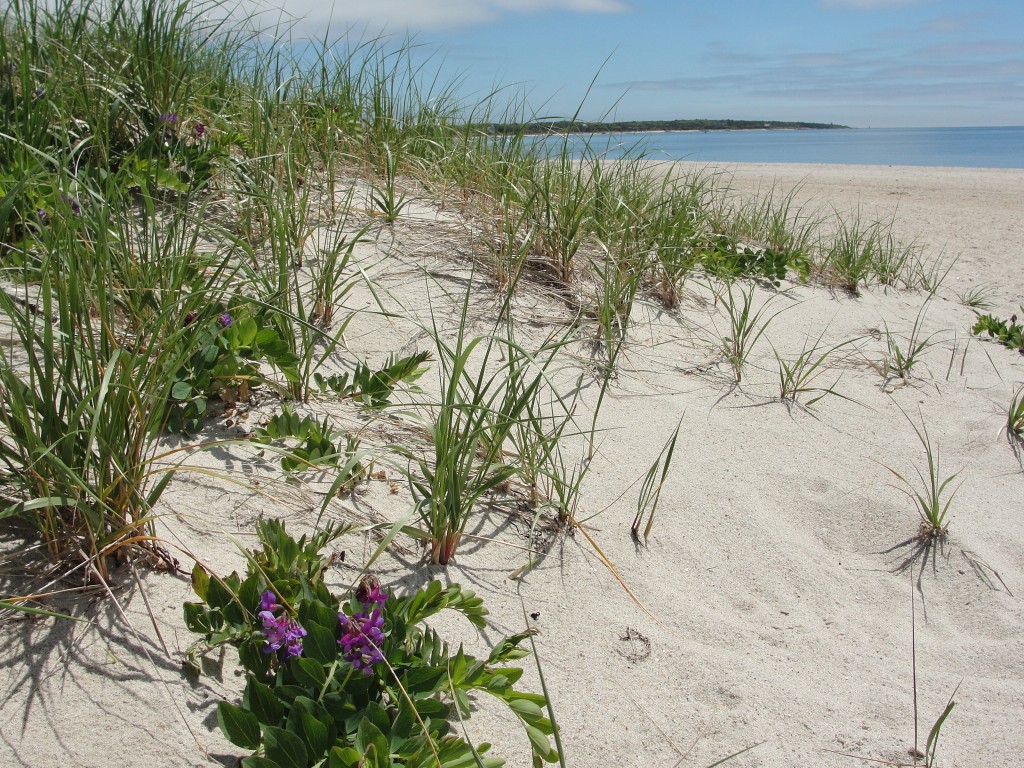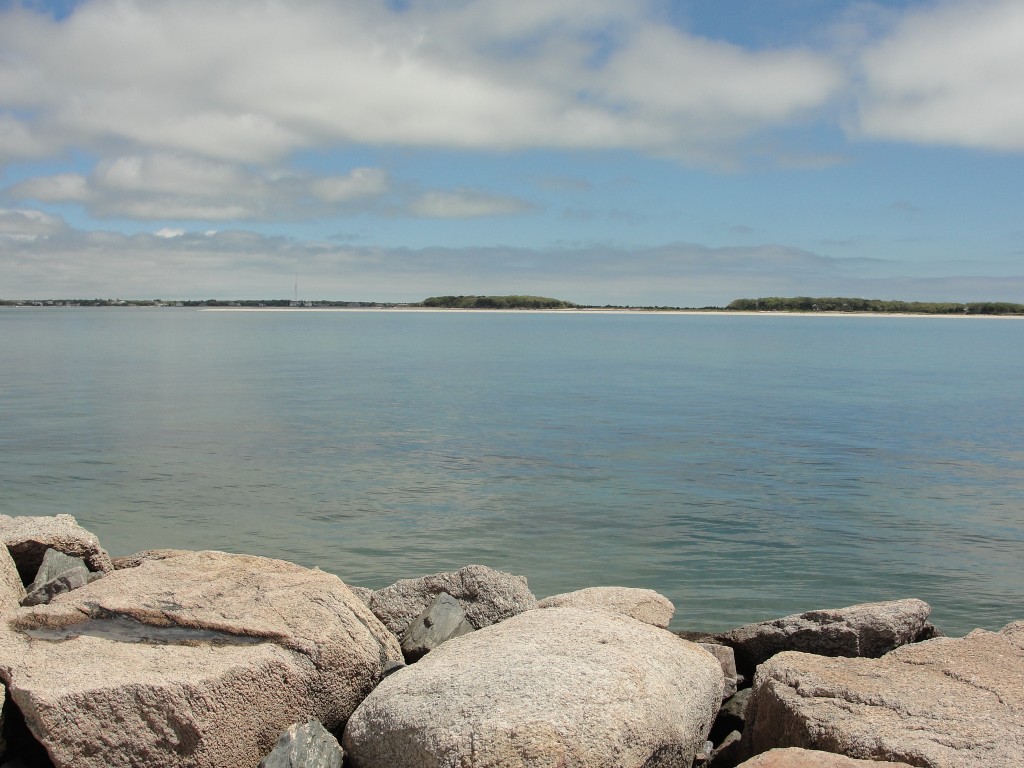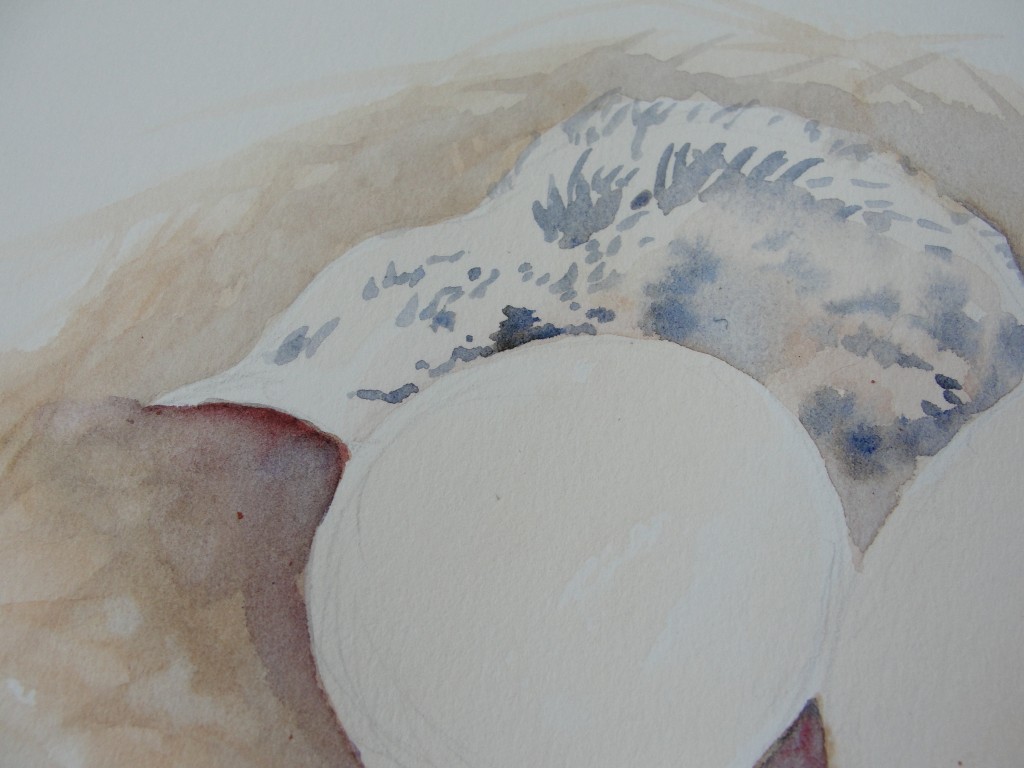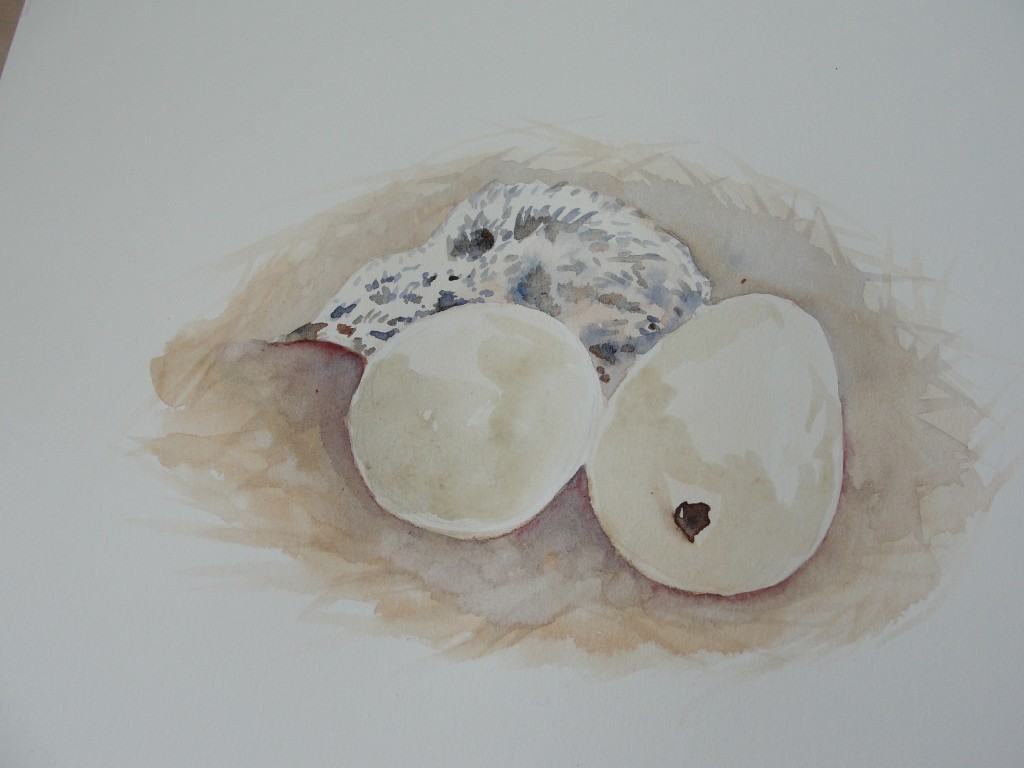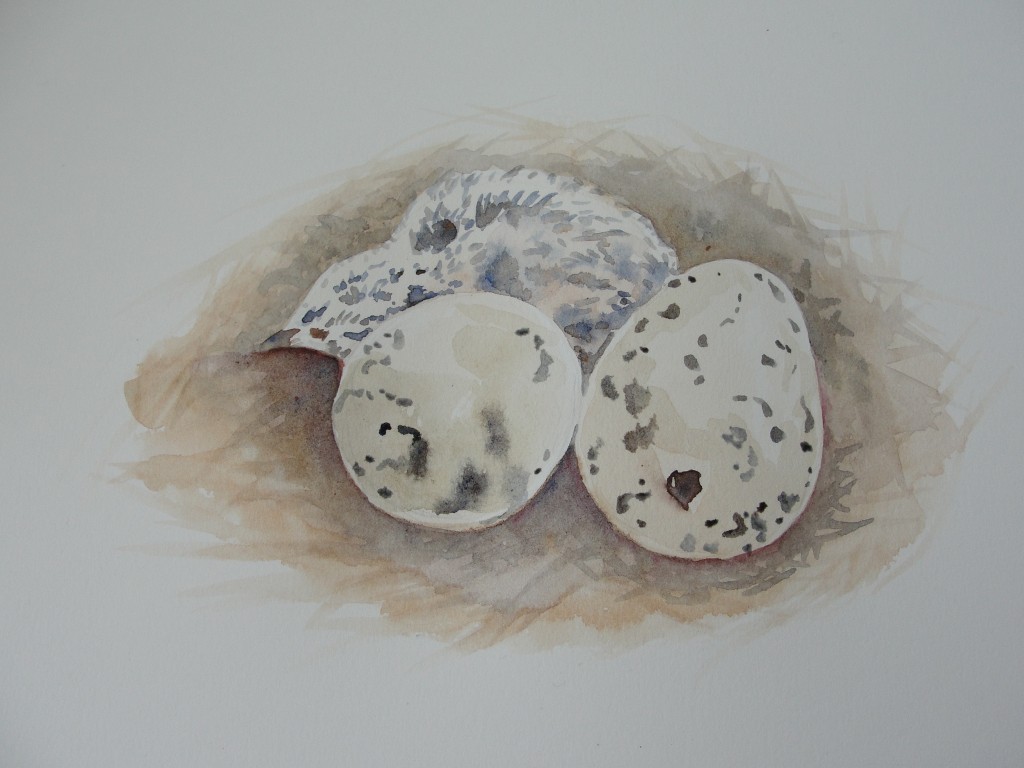I love getting out and discovering new places, especially here on the Cape where I’ve lived virtually my whole life. Over the next 7 weeks I’ll be leading art and nature walks on Saturday mornings for the Barnstable Land Trust and while preparing for these walks I’ve discovered some wonderful places. This morning we were at the Sydney Woodlands in Hyannis, a new piece of property for the BLT sandwiched between town watershed land and a very suburban neighborhood. You would never guess it to look at it but this area even has its own crystal clear spring outlet with drinkable water.

The area is off Pitcher’s Way heading south toward Craigville Beach Rd. and you would never know this little gem was there. It backs up to Simmons Pond on one end and Ben’s Pond on the other. We started off looking at the wonderful ground cover plants and doing some sketches. Star flower, Canada mayflower and sarsparilla are all in bloom–among the very healthy poison ivy plants.
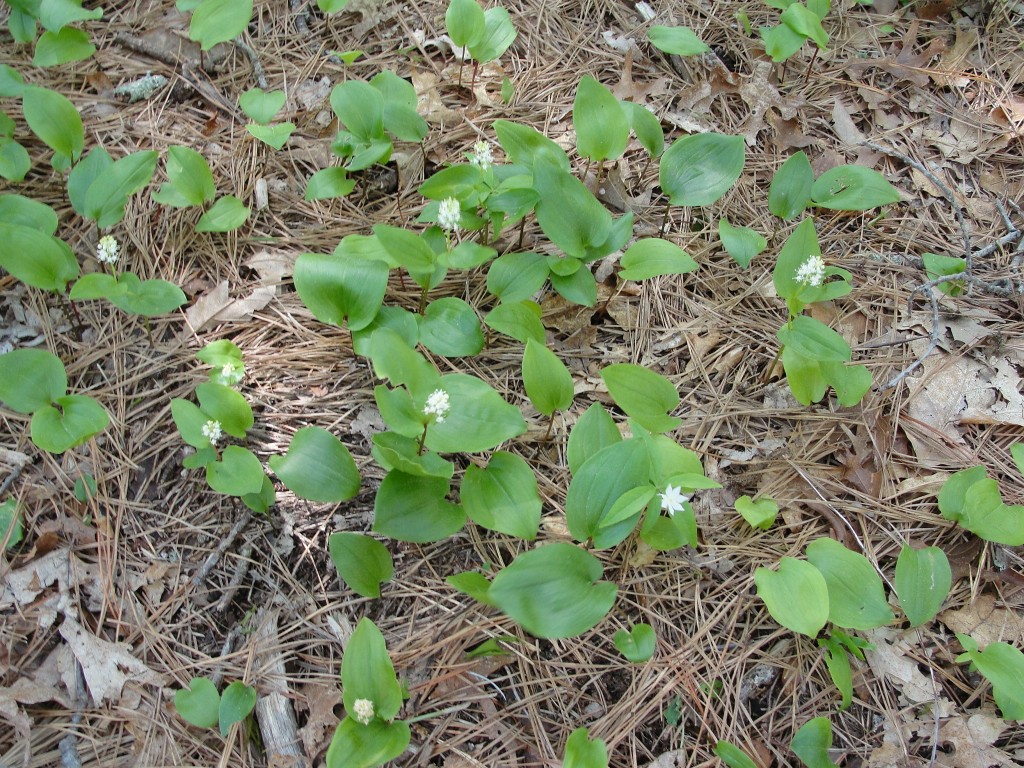
We heard a lot of the usual bird suspects you would expect to find in a fragmented woodland and pond area like this–towhees, pine warblers, common yellowthroats, yellowwarblers, robins, catbirds, blue jays, red winged blackbirds, downy woodpeckers, white breasted nuthatches, song sparrows, titmice, grackles and so on….and at one point we heard the sounds of grackles in distress. It didn’t take us long to find their nest, or the cause of their distress….

Their nest was being raided by a Cooper’s hawk! The hawk landed nearby and began to enjoy its catch while the grackles continued making distress sounds.
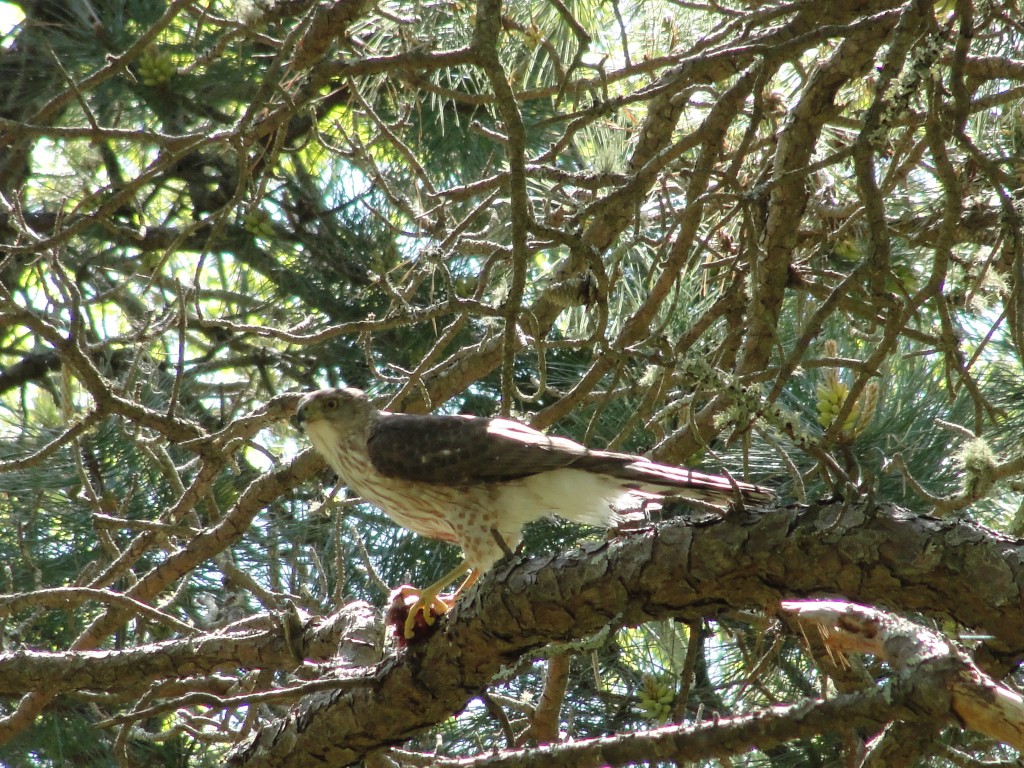
After taking its fill the hawk turned, the young bird still in its talons, and flew into a tree nearby…
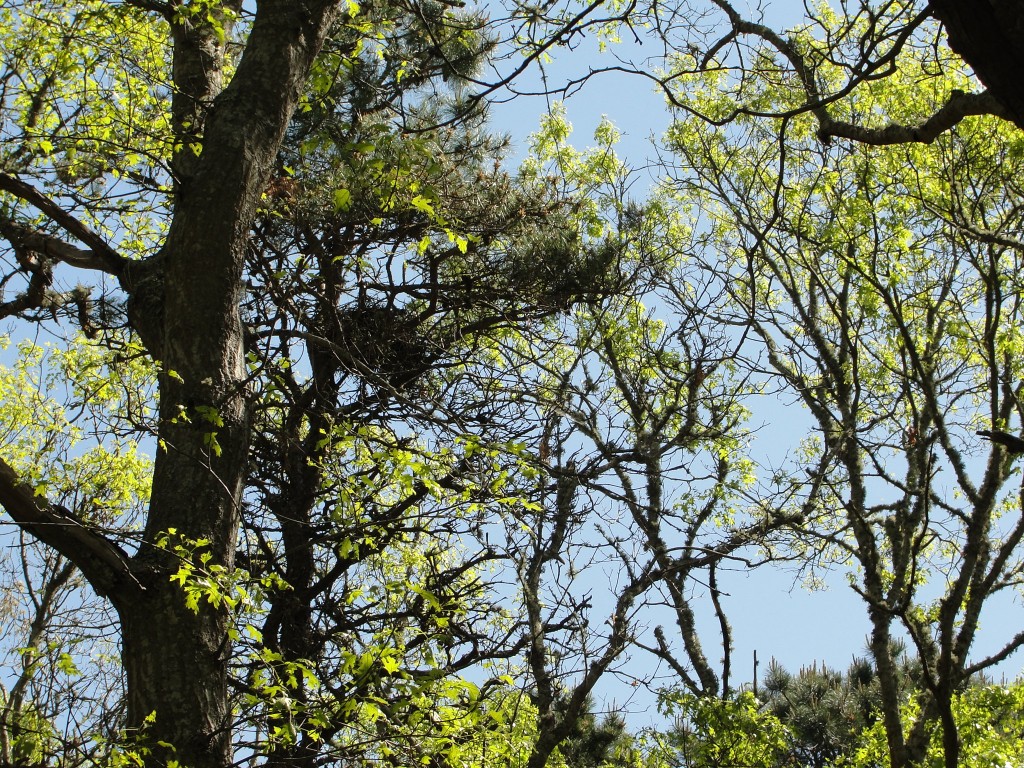
There, up high in the tree was its own nest. We watched it join the other adult bird which then took off, leaving this hawk with the food and the hungry young, which we could hear begging.
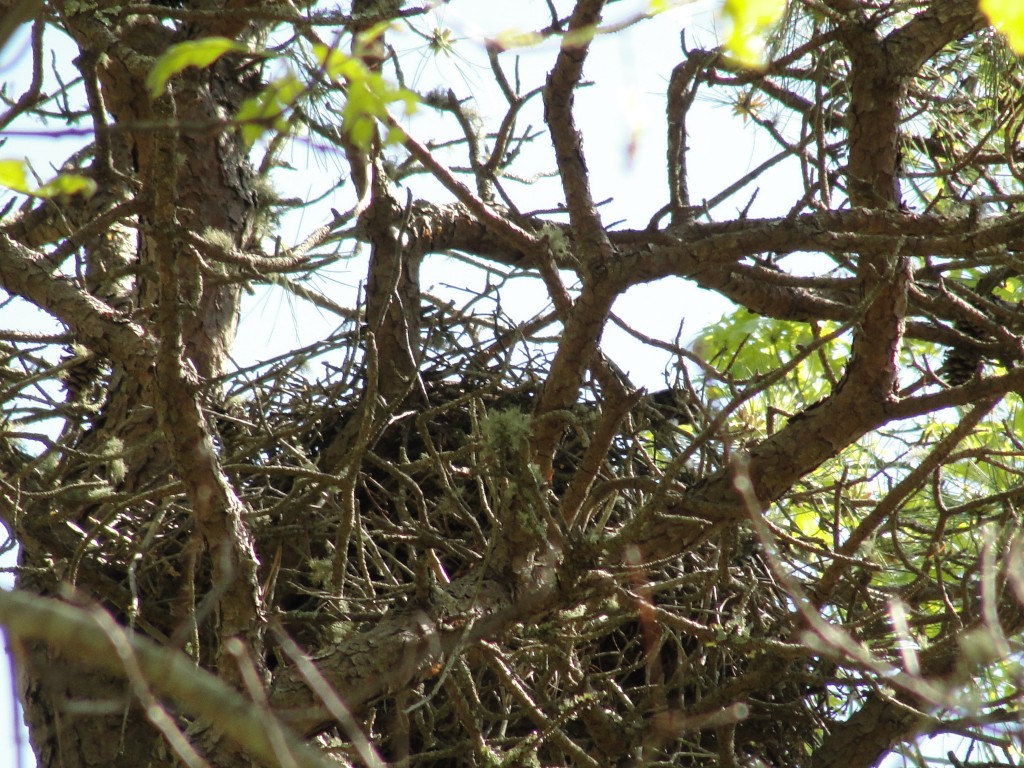
Look closely toward the top of the nest and hopefully you can see the hawk–its long tail is sticking out toward the right and just looks dark.
Soon the other hawk was raiding the same grackle nest and it became apparent right away that ma and pa grackle had made a dreadful mistake in their choice of nest location. These grackles will probably build a new nest, lay more eggs and try to raise more young but hopefully they will choose a different neighborhood….
Anyway, it was pretty exciting to find this hawk nest–which is very close to homes and busy paths. We know that Cooper’s hawks have adapted to suburban living with the proliferation of bird feeders offering them easy pickings and this was just one more example of that. Also, don’t feel too sorry for the grackles….they raid plenty of other bird nests themselves…
For more information on upcoming Barnstable Land Trust walks please check their website.

